Soltanieh Dome the Second one’s in the World
Soltanieh Dome the Second one’s in the World
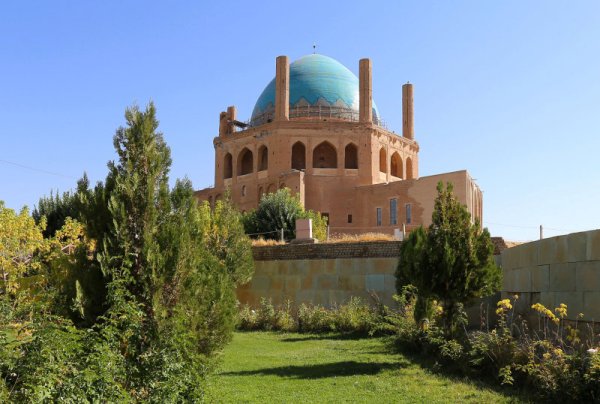 |
The Mausoleum of Oljaytu was constructed in 1302–12 CE in the city of Soltanieh, the capital of the Ilkhanid dynasty, which was founded by the Mongols.
Situated in the province of Zanjan, Soltanieh is one of the outstanding examples of Persian architecture and a key monument in development of Islamic architecture. The octagonal building is crowned with a 50-meter dome ― covered in turquoise-blue faience. It is surrounded by eight slender minarets. It is the earliest example of the double-shelled dome which still exists in Iran. The mausoleum’s interior decoration is also outstanding.
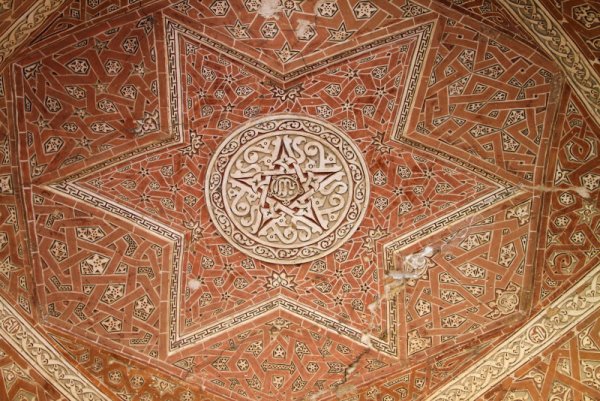 |
The Mausoleum of Oljaytu plays an important role in the development of Islamic architecture in central and western Asia, from the classical Seljuk phase into the Timurid period. This is particularly relevant to the double-shelled structure.
Soltanieh, as ancient capital of the Ilkhanid dynasty, represents an exceptional testimony to the history of the 13th and 14th centuries CE.
The Mausoleum of Oljaytu is characterized by its innovative structure, spatial proportions, architectural forms, and the decorative patterns and techniques.
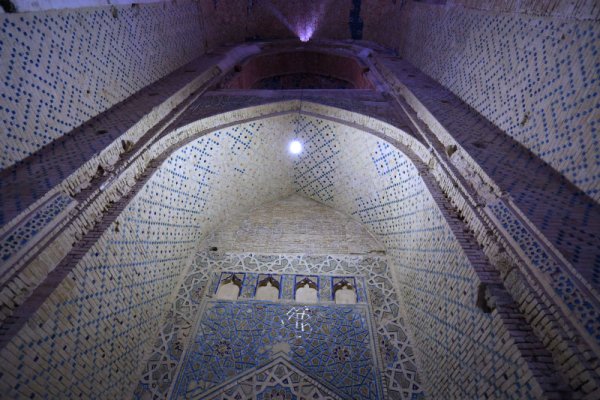 |
Soltanieh is located some 240 km from Tehran. There is archeological evidence that the site had been occupied at least from the first millennium BCE. The construction of the settlement began during Ilkhanid dynasty.
Arghun Khan, the fourth Mongol ruler in Persia, decided to build a summer residence in this region, because it boasted good hunting grounds and rich pastures for horse breeding. His son, Ghazan Khan, had a mausoleum built over his tomb, known as Noor Hill.
There is little information about start of the new settlement until Oljaytu (later Sultan Muhammad Khodabandeh) came to power in 1304 CE when he decided to expand the city and make it his capital, naming it Soltanieh (Imperial).
Together with Tabriz, Soltanieh became a major trading center on route between Asia and Europe. However, Soltanieh Dome gradually declined and remained in ruins. Only a rural village was built over the remains.
The Mausoleum of Oljaytu ― the principal monument of the city ― stands in the middle of a rural settlement, surrounded by fertile meadows. The building is in octagonal form, rising to a stunning high-profile dome ― covered with turquoise-blue faience tiles. This structure represents the earliest existing example of double dome in Iran. The dome has no buttresses. The second-storey galleries of the mausoleum open outwards.
 |
Structurally, the building is considered a masterpiece. The interior walls were originally decorated with light golden-toned bricks and dark blue faience tiles. Later, it was redecorated with plaster by using fine ornaments.
The immediate surroundings of the mausoleum consist of a stone terrace in citadel form. Originally, the citadel was surrounded by a 30-meter-wide moat. Today, it is an archaeological site.
In historic texts, the area of Soltanieh was called ‘Prairie of the Alezans’ or ‘The Falcon’s Hunting Ground’. The special nature of these meadows is due to the soil, which prevents the entire absorption of rain water. As a result, it was especially fertile pasture, particularly appropriate for horse breeding. This was also one of the reasons for establishment of the city in this location.
In the 13th century CE, Persia was devastated by Mongol invasions. They captured Baghdad in 1258 CE, terminating the Abbasid caliphate there. They also founded Ilkhanid Empire in Persia with the capital in Tabriz, in the northwestern part of present-day Iran. The title ‘Ilkhan’ indicated subordinate or peaceful khan in deference to the Great Khan in China. After Kublai Khan died in 1294 CE, the Ilkhanids converted to Islam and the links with China became weaker. The Ilkhanid dynasty governed Persia until 1335 CE.
There is archeological evidence that Soltanieh site had been occupied at least from the first millennium BCE. The construction of a settlement only started by Ilkhanid dynasty around 1290 CE.
The main phase of construction was completed by 1313 CE.
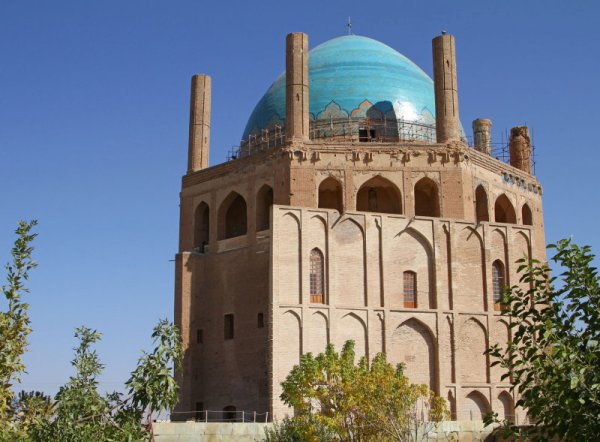 |
The Ilkhanids had converted to Shia religion, and they are believed to have wanted to transfer the relics of Imam Ali (PBUH) and his son, Imam Hussein (PBUH), from Baghdad to Soltanieh. This never happened and the shrine became the mausoleum of Oljaytu instead.
After the death of Oljaytu in 1316 CE, the city was driven into oblivion. Later, it fell in the hands of small dynasties.
In 1384 CE, Tamerlane’s army seized the city and sacked it, but spared Oljaytu’s mausoleum. In the following years, the city suffered, though it continued to function as a commercial center comparable to Tabriz. In the 16th and 17th centuries CE, Soltanieh gradually declined and remained in ruins. Only a village was built over the remains. Some restoration was undertaken in Oljaytu’s Mausoleum in 19th century CE. At the same time, the plain served as an instruction camp for army of Qajar kings.
Brickwork
Soltanieh Dome, which was the world’s tallest building of its time, currently ranks third after Italy’s Saint Mary church in Florence and Turkey’s Aya Sofia Mosque in Istanbul, Presstv reported.
With its octagonal base and beautiful tile-work, the 54-meter tall Dome is taller than many of Iran’s major historical sites.
The building comprises three parts: mausoleum, dome chamber and vault.
The dome chamber is decorated with Islamic inscriptions and beautiful muqarnas (a traditional Persian art).
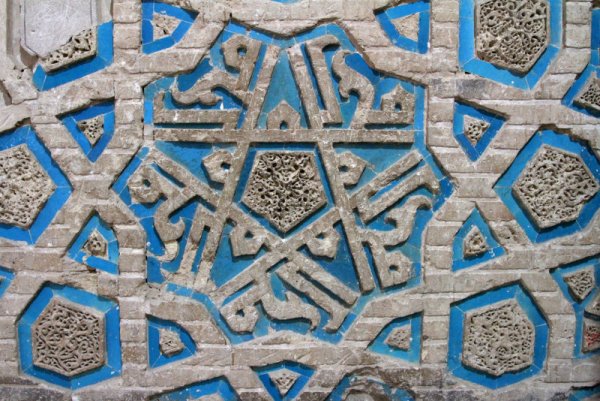 |
Tile-work
Unique Kufic and Sols inscriptions, and exquisite arabesque decorations adorn the mausoleum located above the vault where the king’s body was laid to rest and two guards protected the gilded royal tombstone at all times.
Although the passage of time has left its mark on the mausoleum, the interior retains its superb mosaics, faience and murals.
Stunning brick patterns and beautiful hexagon tiles once decorated the dome’s interior, which was later covered up with plaster, colorful inscriptions and floral patterns.
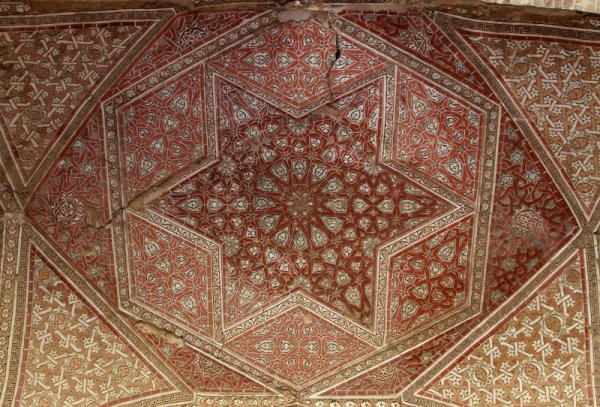 |
Iran’s Cultural Heritage, Handicrafts and Tourism Organization is currently in charge of the 200-ton dome’s restoration in which experts are using azure tiles made in traditional kilns to refurbish the exterior.
The dome’s double-shell structure, built of two parallel and completely separate brick layers connected with buttresses, gives it a unique quality turning it into one of the world’s unique architectural examples, inspiring many other Muslim cupola constructions such as the Taj Mahal in Agra, India.
The celebrated Italian architect Filippo Brunelleschi is said to have been inspired by the Soltanieh Dome when designing the dome of the Santa Maria Del Fiore cathedral in Florence.
Soltanieh Dome was registered on UNESCO’s World Heritage list in 2006 after the Naqsh-e Jahan Square, Persepolis, the Chogha Zanbil Ziggurat, Takht-e Soleiman, Passargad and the Bam Citadel.
